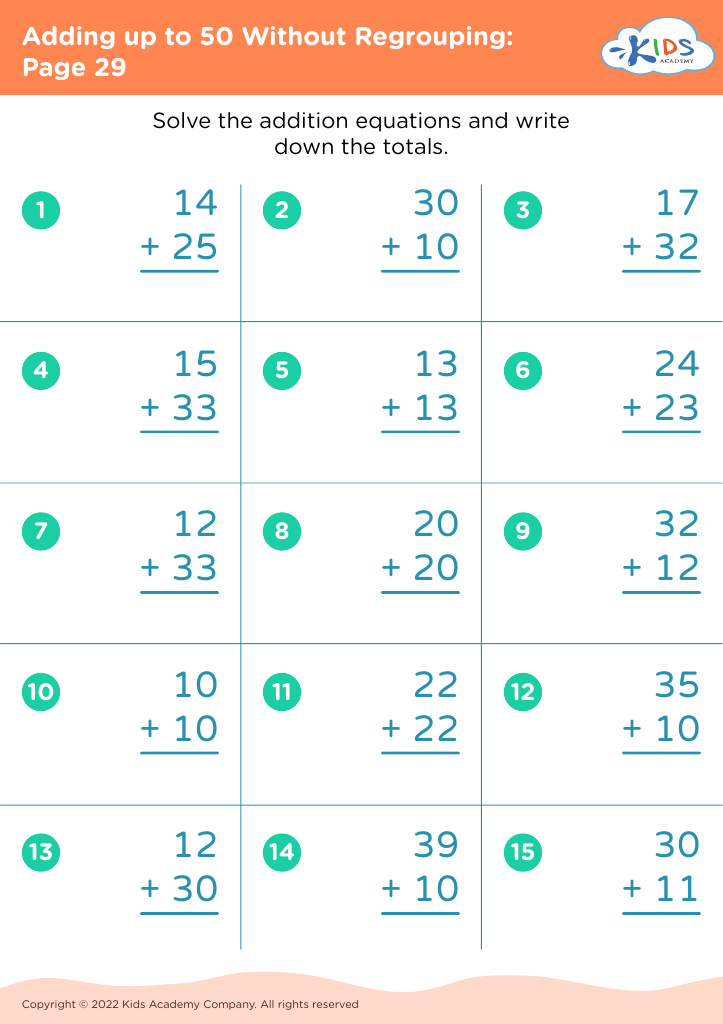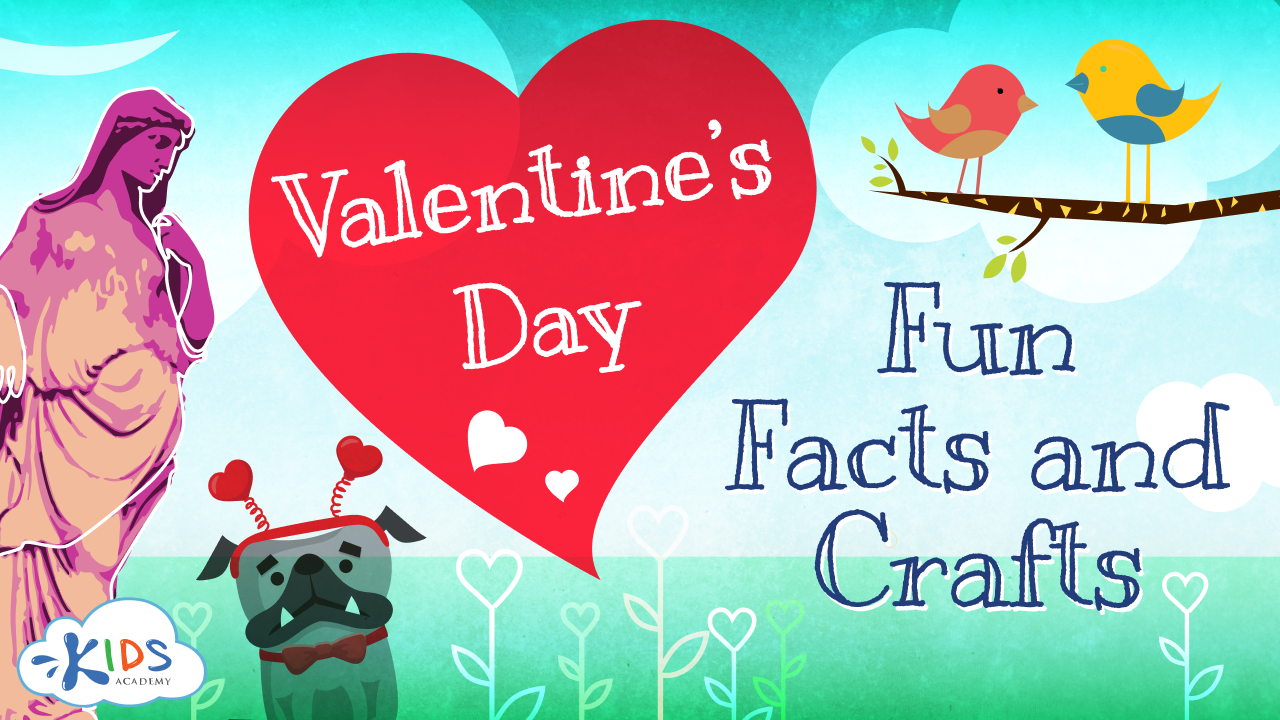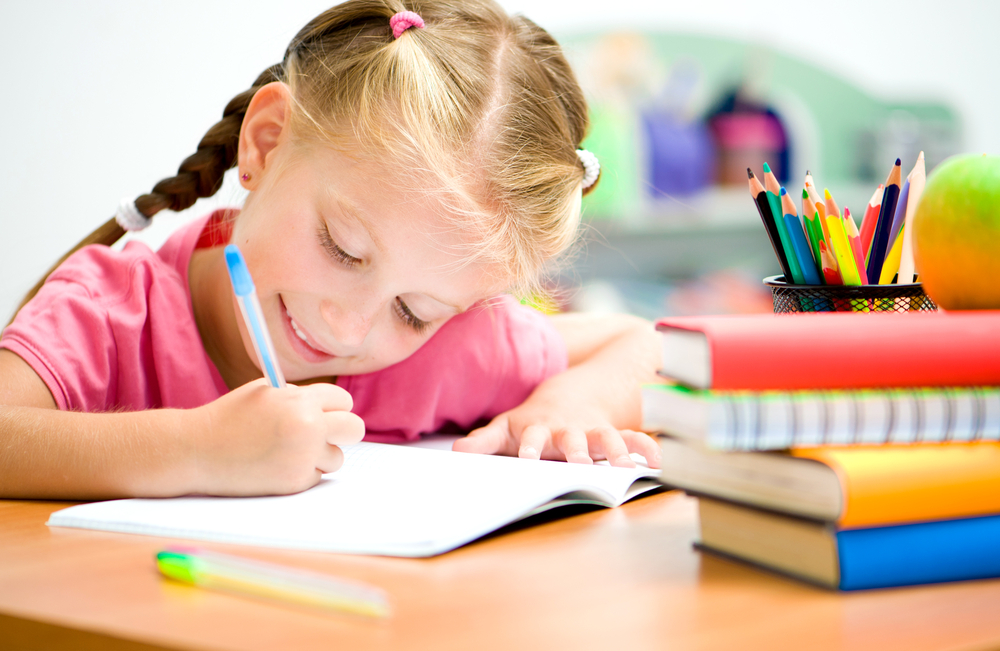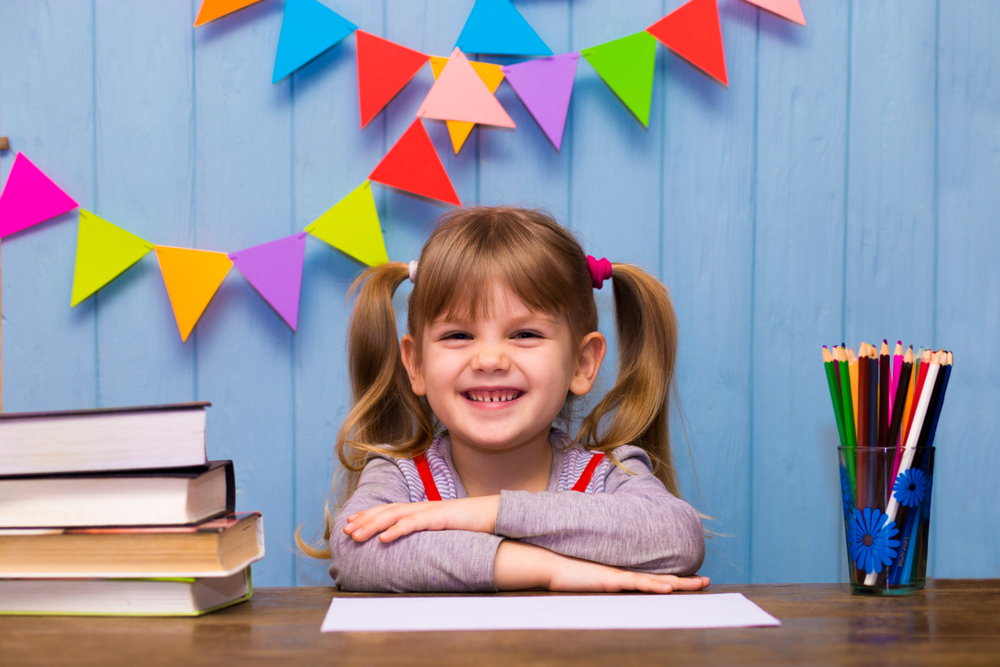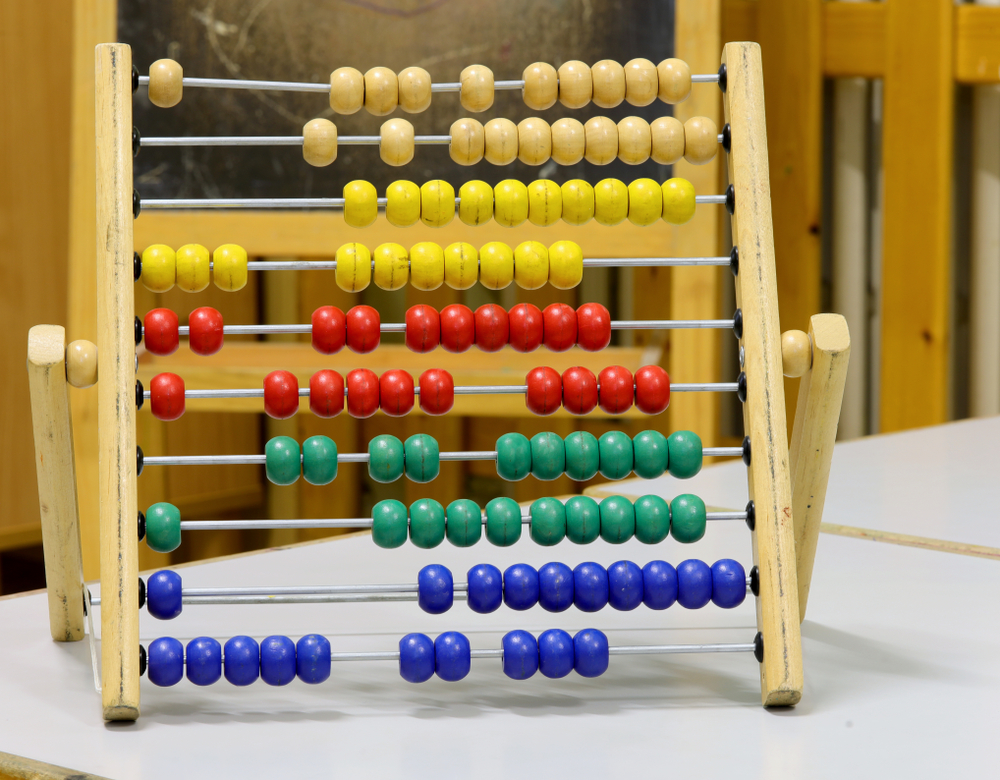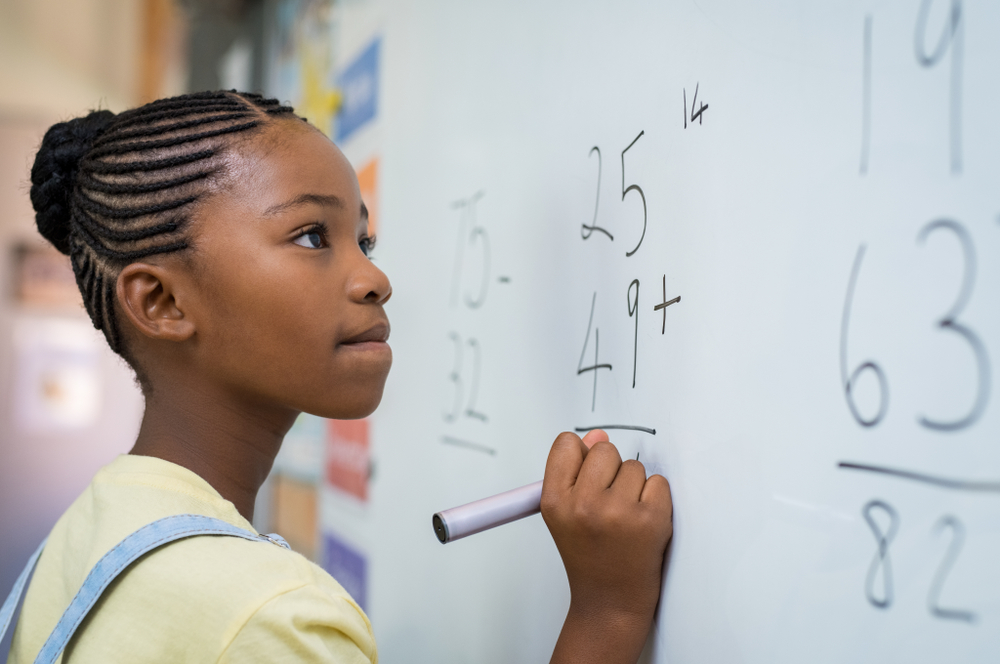Comparing objects Worksheets for Ages 3-8
10 filtered results
-
From - To
Discover engaging and educational Comparing Objects Worksheets tailor-made for children aged 3-8 at Kids Academy! Our expertly designed worksheets help young learners enhance their critical thinking and observational skills as they compare sizes, lengths, weights, and more. Each activity is crafted to be fun and interactive, ensuring kids stay motivated while developing a solid foundation in early math concepts. Perfect for both classroom use and home learning, these printable resources foster curiosity and academic growth. Visit Kids Academy today to access our vibrant collection and give your child the tools to excel in comparing objects confidently and effectively!
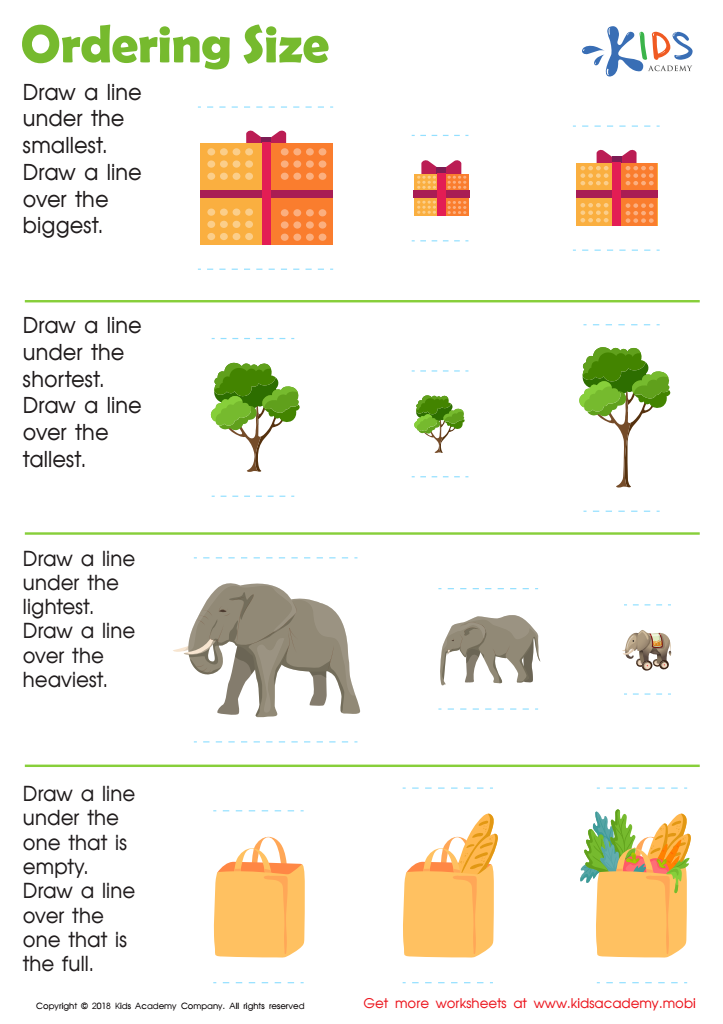

Ordering Size Worksheet
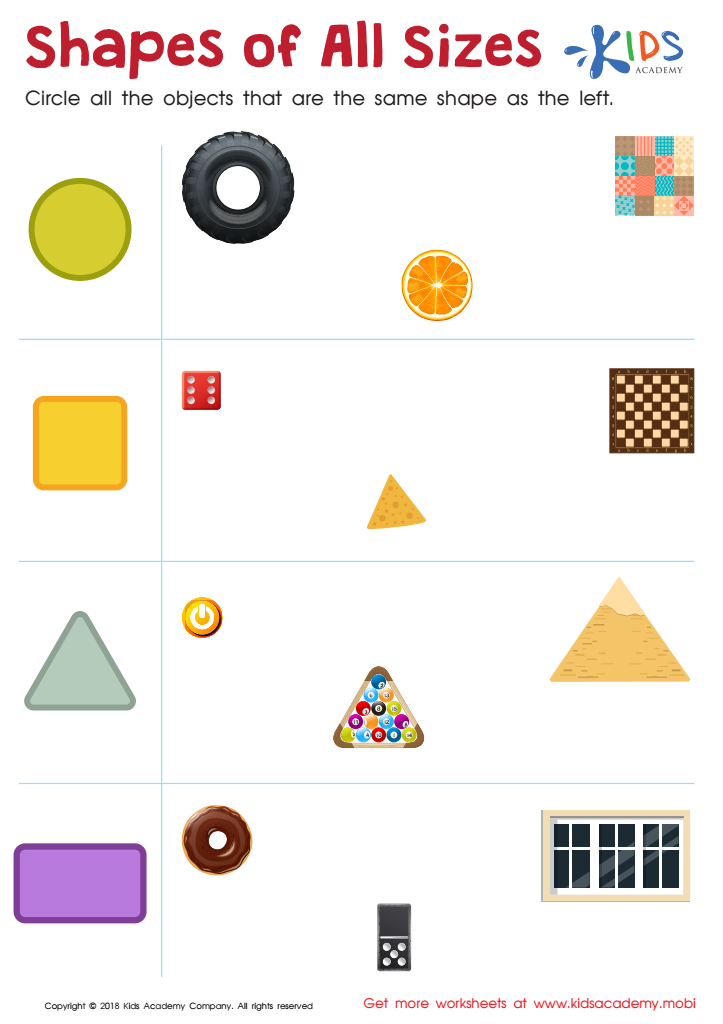

Shapes of All Sizes Worksheet
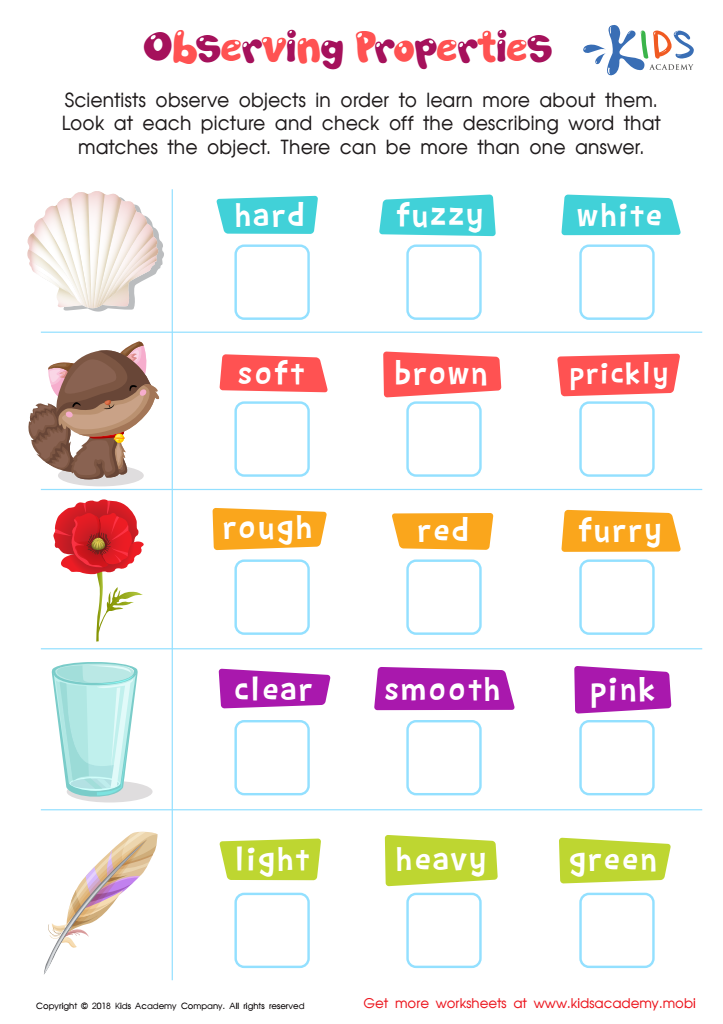

Observing Properties Worksheet
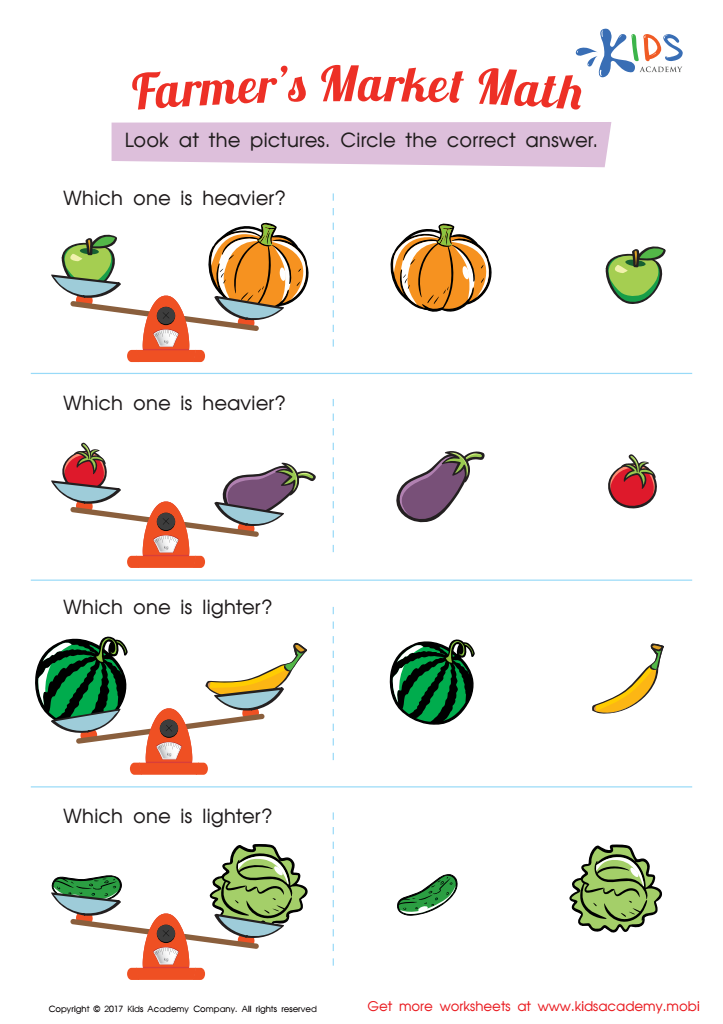

Which One Is Heavier Worksheet
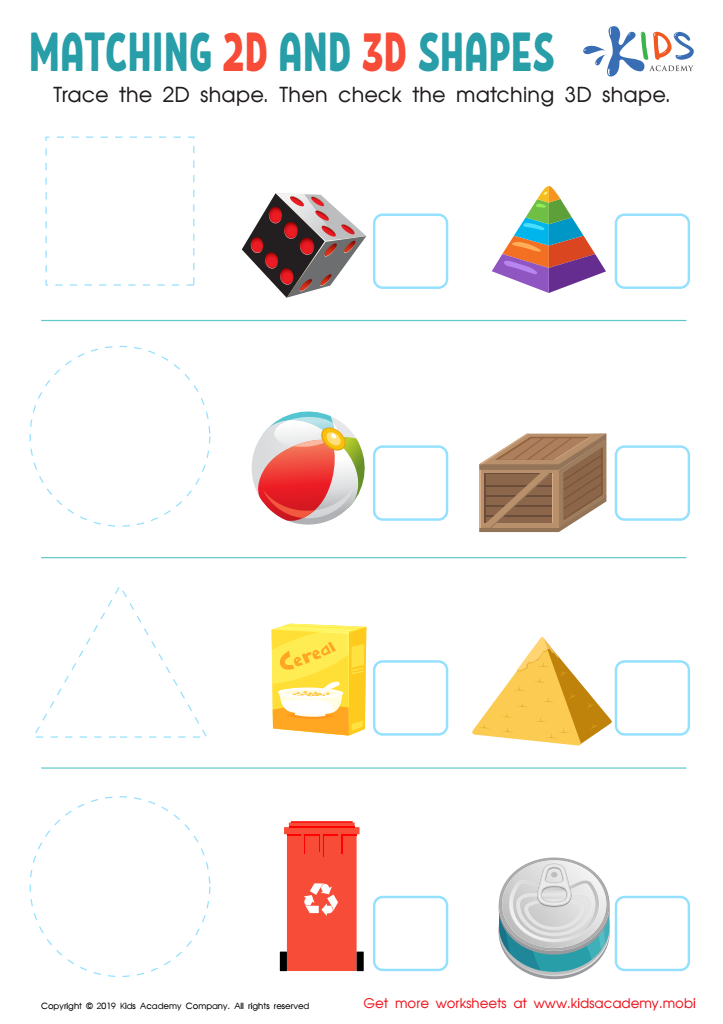

Matching 2D and 3D Shapes Worksheet
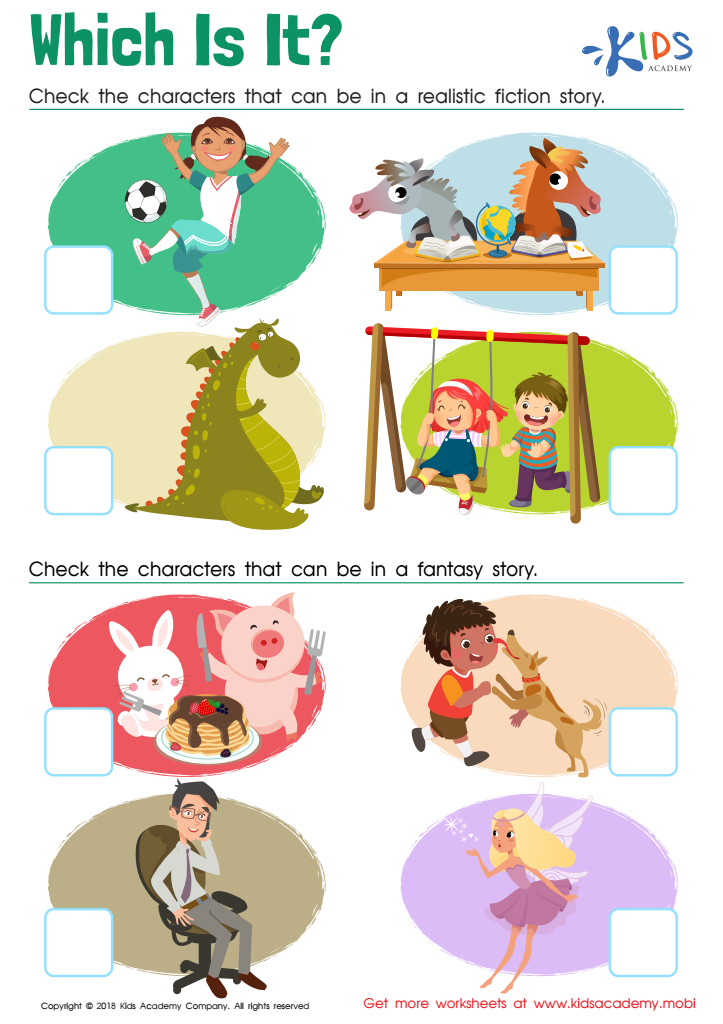

Which Is It? Worksheet
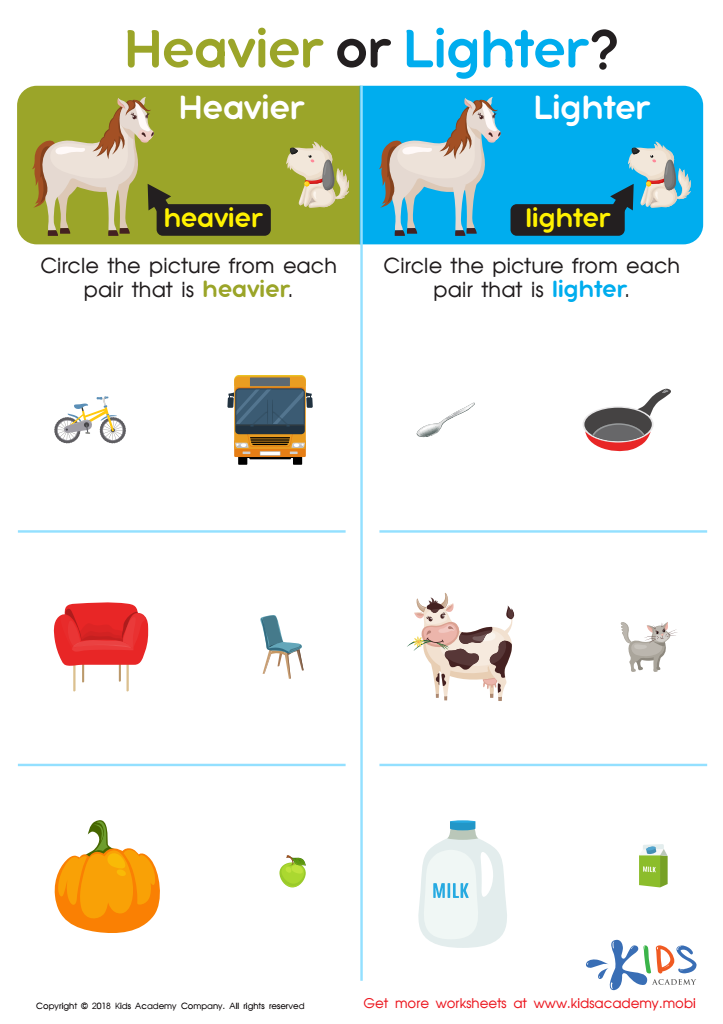

Heavier or Lighter? Worksheet
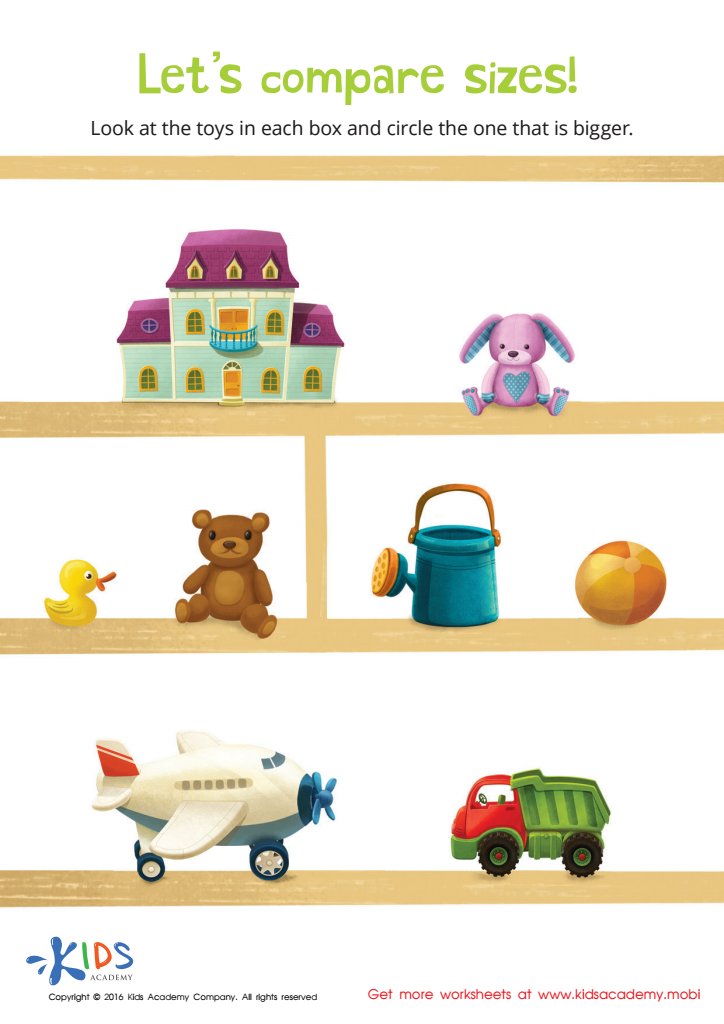

Classifying by Size Sorting Worksheet
Introducing young children to the concept of comparing objects is essential for early cognitive development and foundational skills in mathematics and critical thinking. For ages 3-8, comparing objects involves activities like understanding similarities and differences, sorting, ordering, and measuring items based on attributes such as size, shape, color, and quantity.
By engaging in comparison activities, children enhance their observational skills and start to categorize information effectively. This process aids in the development of logical thinking and problem-solving abilities that are vital in both academic settings and everyday life. For example, when children compare the lengths of two sticks, they begin to understand measurement principles, which later contribute to more complex mathematical concepts like addition, subtraction, and understanding patterns.
Additionally, comparing objects helps in the development of language skills. Children learn to describe objects and their attributes, which expands their vocabulary and enhances their ability to communicate effectively. Activities that involve sorting and categorizing objects encourage children to articulate their reasoning, fostering critical thinking and presentation skills.
Early comparison activities also promote social interaction. When children work together to compare and sort objects, they develop teamwork and collaboration skills. They learn to share ideas, negotiate roles, and resolve conflicts, preparing them for cooperative learning environments.
In sum, focusing on comparing objects at an early age establishes a strong foundation for later academic success and personal growth, making it a crucial component of early childhood education.
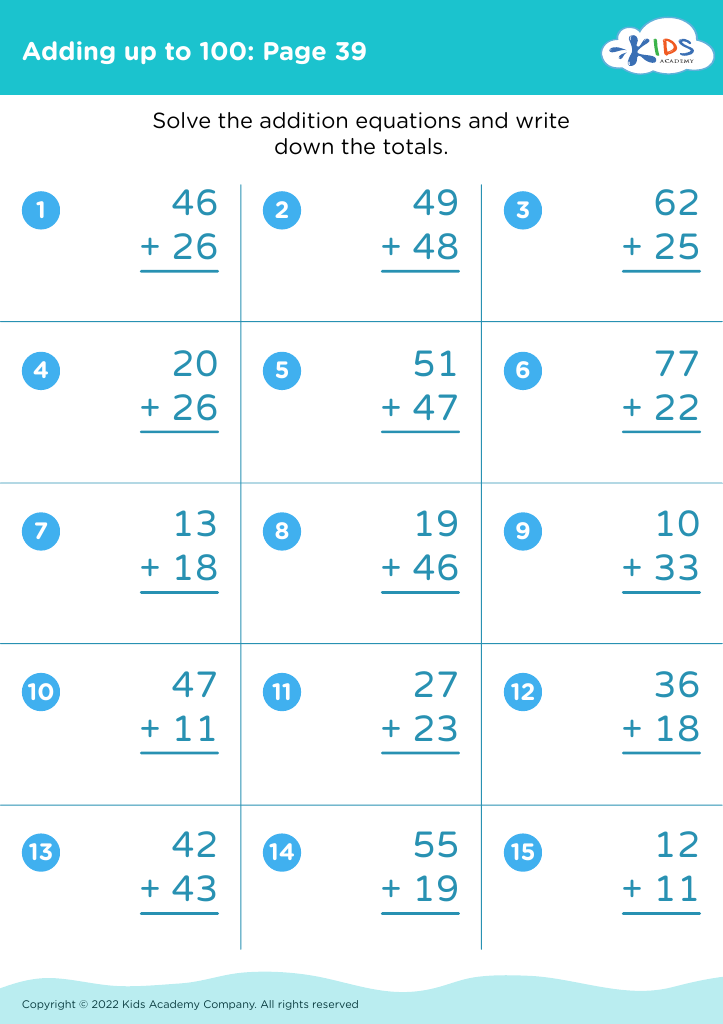

 Assign to My Students
Assign to My Students

